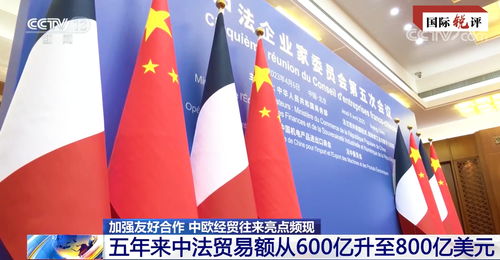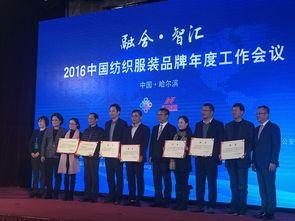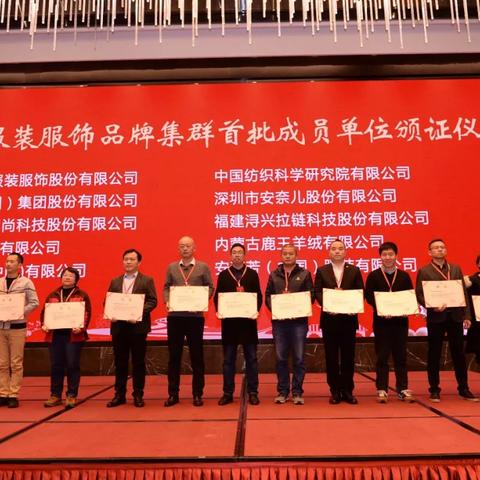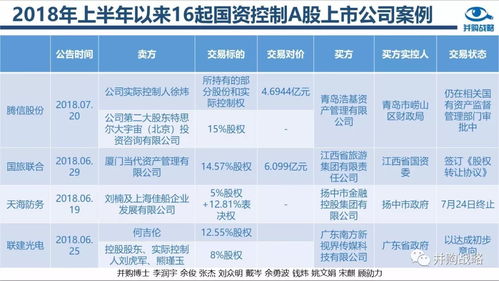Trends and Challenges in the Textile Industry:A Case Study from Changzhou
: Trends and Challenges in the Textile Industry: A Case Study from Changzhou,Abstract:,This paper presents a case study of the textile industry in Changzhou, China. The study highlights the current trends in the industry, including the rise of sustainable and eco-friendly materials, increased demand for high-quality products, and the growing importance of digitalization and automation in production processes. It also discusses the challenges faced by the industry, such as rising labor costs, competition from other industries, and the need for innovation to stay competitive. The study concludes by suggesting strategies for addressing these challenges and promoting sustainable growth in the textile industry.
Introduction: The textile industry, with its vast array of products ranging from clothing to home furnishings, plays a crucial role in the global economy. In China's rapidly growing metropolis of Changzhou, the textile sector is not only vibrant but also faces significant challenges that require strategic planning and innovation. This case study explores the state of the textile industry in Changzhou, focusing on its strengths, opportunities, and areas for improvement.

Strengths:
-
Diverse Product Offerings: Changzhou boasts a diverse range of textile products, catering to a broad customer base across different industries. The city's textile companies offer a wide variety of fabrics, including cotton, polyester, and blended fibers, which are used in various garments and accessories.
-
Technological Advances: With advancements in technology, many companies in Changzhou have adopted modern manufacturing processes and equipment that enhance efficiency and quality. For example, one company has implemented automated weaving machines that produce high-quality woven fabrics at a competitive price point.
-
Government Support: The government in Changzhou provides various incentives and subsidies to encourage investment in the textile industry. These initiatives include tax breaks, financial assistance, and training programs aimed at enhancing the skills of local workers.
Opportunities:
-
Global Market Expansion: As the world becomes more interconnected, there is ample opportunity for Changzhou's textile companies to expand their market reach globally. By partnering with international firms or establishing export platforms, they can tap into new markets and increase their sales volumes.
-
Sustainable Development: The textile industry is increasingly focused on sustainability. Companies in Changzhou that prioritize environmentally friendly practices, such as using eco-friendly materials and reducing waste, can position themselves as leaders in sustainable production.
-
Emerging Technologies: The integration of emerging technologies like artificial intelligence (AI) and machine learning can revolutionize the textile industry by improving product design, quality control, and logistics. Companies that invest in these technologies will be well-positioned to stay ahead in the competitive market.
Areas for Improvement:
-
High Dependency on Exports: Although the textile industry in Changzhou has made significant strides in expanding its global footprint, it still relies heavily on exports. This can pose risks if there are geopolitical tensions or trade disputes, necessitating a diversification of sources of supply.
-
Skill Gap: While technological advancements have improved production efficiency, there remains a skill gap in the workforce. Many textile companies face challenges in recruiting and retaining skilled workers who possess advanced technical skills and knowledge in areas like digital printing and pattern making.
-
Regulatory Challenges: The Chinese textile industry is subject to stringent regulatory oversight. Companies must comply with a plethora of regulations, including environmental standards, labor laws, and anti-monopoly laws. These compliance costs can be substantial, limiting their profit margins.

Case Study: One company that stands out in the Changzhou textile industry is "Textile Innovations," a leading manufacturer of high-quality apparel and accessories. Founded in 2005, Textile Innovations has grown significantly over the years by investing in innovative technologies and adopting sustainable practices. Their success is attributed to several factors:
-
Technology Investment: Textile Innovations has invested heavily in automation and digital printing technologies. These investments have led to increased productivity and reduced waste, resulting in cost savings and enhanced product quality.
-
Sustainable Practices: The company prioritizes sustainability, using eco-friendly materials and implementing energy-efficient production methods. This commitment has earned them a reputation as a leader in sustainable textile production.
-
Global Expansion: Textile Innovations has expanded its global market presence through partnerships with international brands and export platforms. This expansion has helped them gain a foothold in new markets and increase their sales volumes.
Conclusion: The textile industry in Changzhou is dynamic and constantly evolving. While it faces challenges such as dependency on exports, skill gaps, and regulatory compliance costs, it also presents numerous opportunities for growth and innovation. By embracing technological advancements, adopting sustainable practices, and expanding their global market reach, textile companies in Changzhou can thrive in this competitive industry.
常州作为纺织业的重要城市,近年来在纺织品领域取得了显著的发展,我们将以常州展望纺织品为主题,探讨其在未来发展趋势以及相关案例。
常州纺织品概述
纺织业现状
常州纺织业在国内外享有盛誉,拥有众多知名的纺织品品牌和生产企业,近年来,随着科技的进步和消费者需求的不断升级,常州纺织业呈现出多元化、高端化的发展趋势。
展望未来趋势
随着全球纺织业的快速发展和消费者需求的不断升级,常州纺织品行业将迎来更多的发展机遇,常州纺织品行业将更加注重品质、环保、时尚等方面的发展,随着互联网、大数据等新兴技术的不断发展,纺织品行业也将迎来更多的创新和发展机遇。

案例分析
常州纺织品行业案例一:XX品牌的发展历程
近年来,XX品牌在常州纺织业中崭露头角,该品牌以高品质、环保、时尚为主要发展方向,不断推出新品,满足消费者日益增长的需求,该品牌在生产过程中注重环保、节能、减排等方面的发展,同时注重品牌形象的塑造和推广。
案例分析补充说明
在面料选择方面,常州纺织品行业注重选用高品质、环保的面料,以提高产品的品质和环保性能,随着消费者对时尚需求的不断提高,常州纺织品行业也将更加注重时尚元素的融入,推出更多符合消费者需求的产品,随着互联网、大数据等新兴技术的不断发展,常州纺织品行业也将更加注重数字化、智能化的发展,提高生产效率和产品质量。
发展机遇
随着全球纺织业的快速发展和消费者需求的不断升级,常州纺织品行业将迎来更多的发展机遇,常州纺织品行业将更加注重品质、环保、时尚等方面的创新和发展,同时还将注重数字化、智能化的发展,提高生产效率和产品质量,随着政策支持和技术进步的支持,常州纺织品行业还将迎来更多的市场机会和发展空间。
未来趋势预测
常州纺织品行业将更加注重品牌形象的塑造和推广,提高品牌知名度和美誉度,随着互联网、大数据等新兴技术的不断发展,常州纺织品行业还将更加注重产品的研发和创新,推出更多符合市场需求的产品,随着绿色环保理念的普及和推广,常州纺织品行业还将更加注重环保、低碳、循环经济的发展。
常州展望纺织品行业在未来的发展中将面临更多的机遇和挑战,该行业将更加注重品质、环保、时尚等方面的创新和发展,同时还将注重数字化、智能化的发展,提高生产效率和产品质量,相信在政策支持和技术进步的支持下,常州纺织品行业将迎来更加美好的发展前景。
Articles related to the knowledge points of this article:
A Glimpse into the Dynamics of the Jideng Textile Factory
Top Ten Textile Brand Filter Cups in the Rankings
The Artisanal Legacy of Yarn Textiles at Ya Yuan Textile Factory



